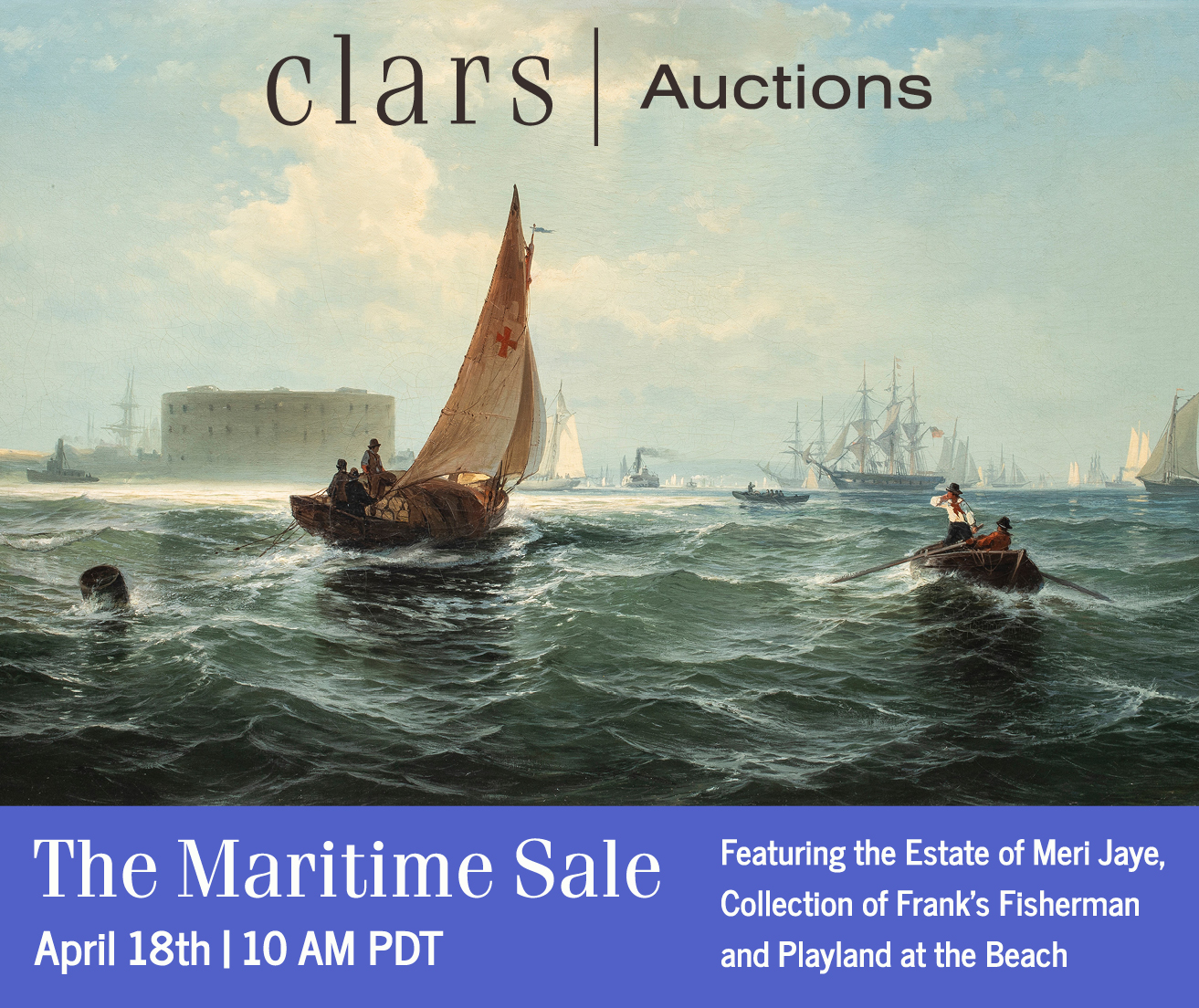Midweek’s Anniversary Party, Celebrating 20 Years
August 7th, 2013
|
Nancy Fishelson, who shared a booth with Robert Perry Antiques, asked $3600 for her two-sided optometrist’s sign. Fishelson of Orchard Park, New York, who has an interior design business, said the sign’s other side is less faded, but she prefers the one displayed. Fishelson’s early 20th-century rooster weathervane, found in Maine, was $4600; her Colonial Revival chair, upholstered in antique homespun, was $1900; and her rolled yards of homespun were $200 to $600, depending on length.
This child’s patriotic dress was $2500 from Missouri Plain Folk, Sikeston, Missouri.
Suzanne Baker shared a booth with colleague Colleen Boland Frese of Cedar Rapids, Iowa. Baker said they’ve done Pickers for many years and had wanted to try Midweek. This time, the timing was right.
As her customer wrote a check, Kristin Leigh Grievo of Whitehouse Station, New Jersey, said, “I’m thrilled, making sales.”
Bill Powell of Franklin, Tennessee, a ten-year veteran of Pickers, switched to Midweek this year. His Baldwin pianos trade sign was $1600; Huntington Boots sign, $850; patriotic shield, $1200.
Just before opening, Frank Gaglio welcomed everyone in the line to Midweek’s 20th anniversary show.
Bertolet House Antiques, Oley, Pennsylvania, asked $7500 for the paint-decorated nine-pane corner cupboard made circa 1840 in Berks County, Pennsylvania. The jelly cupboard, made in the same period in Lebanon County, Pennsylvania, was $3950. The firkin, painted blue with old repairs, was $795. The early 20th-century patriotic “V” for victory sign was $425.
English and American pewter, 1639-1830, was $45 to $4900 from James Island Antiques, Charleston, South Carolina.
Mario Pollo asked $3650 for his general store counter whose drawers were labeled “Fool’s Cap,” “Cards and Dice,” “Needles and Pins,” “Letter Paper,” “Pocket Books,” “Pencils,” et cetera. |
Midweek Antiques Show, Concord, New Hampshire
A good old-fashioned frenzy marked the 8 a.m. opening of the two-day Midweek Antiques Show at the Douglas N. Everett Arena in Concord, New Hampshire, on Wednesday, August 7. Frank Gaglio, manager of Barn Star Productions, used a bullhorn to welcome the people waiting in the line that wrapped around the building. He reminded them that the show was in its 20th year. He declared that it had been a success at each of its three locations. And he invited them to enjoy a free celebratory lunch to be served at 11 a.m. Food, however, wasn’t much on people’s minds as they poured into the venue and hot-footed it to their favorite dealers.
As most readers know, the start was an hour earlier than usual—a response to the decision of Antiques in Manchester’s promoters to advance their opening from 3 p.m. to noon this year. An exchange in the letters column of this newspaper discussed the situation at length.
“It’s a shame that my event had to be augmented due to another event,” Gaglio said. “With the other show’s change of hours, I was apprehensive about opening earlier. I was hopeful that people would show up, and they did so, en masse. My operations director, Ryan Pickering, stopped counting after he clicked in three hundred and eight-eight people. And there were still people beyond that point, but Ryan had to go work inside after that. Needless to say, I was thrilled with that number.”
Beyond its earlier opening, Midweek has changed in other ways—a result of real estate transactions, the sluggish economy, shifts in taste, and other factors beyond Gaglio’s control. In years gone by, at the show’s first location—the Quality Inn & Wayfarer Conference Center in Bedford, New Hampshire—there were regularly over 100 exhibitors, most of them specialists in folk art. At the show’s second venue—the infamously circuitous Furniture World—the dealer roster reached an all-time high of 113, with antiques experts from different fields starting to mix in. For the last two years, in the Concord location, there has again been a semblance of a mix. There also has been a smaller population, as some former Midweek dealers have chosen to exhibit at Antiques in Manchester, and others have chosen not to exhibit in New Hampshire at all. This year, there were just 64 booths at Midweek with a handful split between dealers. It has been an adjustment, but Gaglio characterized the show’s current size as “fine.”
“Apparently, the ratio of customers to dealers is good,” he said. “And even though, financially for Barn Star, the budget has changed, we have managed not to raise our booth rent, and our ad campaign continues to be our biggest expenditure.” He added, “We have looked at other areas where we’ll cut back to keep the show viable and still produce a show of quality.”
At one time, high five-figure price tags were common at Midweek. This time, it was unusual to see items marked $15,000 or $20,000. Much more often, they were in the $1000 to $5000 range. So that’s another change to tick. Partly it’s because Antiques in Manchester has signed up many of the higher-end dealers, while still others have made their way into the show that started it all more than 50 years ago—the New Hampshire Antiques Show, run by the New Hampshire Antiques Dealers Association. Partly, too, it’s because the whole industry is operating under a lowered ceiling. From the dealers’ point of view, that may be unfortunate, but for collectors, particularly young collectors, it presents opportunities.
Of course, some things never change. Even relatively old collectors have been known to run to a favorite dealer at a show’s opening bell. The halt, the lame, the owner of a car we saw in the parking lot with the Connecticut license plate “GRUMPS”—everybody wants to win the race to the rarity or the underpriced treasure. In recent years, people have still made the mad dash but have been less likely to buy when they got there. Now, as the financial news begins to brighten, there’s cause for hope. A headline in the Wall Street Journal on August 12 said, “Consumers Set to Reach for Their Wallets.” At Midweek this prediction seemed foreshadowed.
Before the first hour was over, Matthew Ehresman had put big red dots on two corner cupboards, four wooden barrels, and a coat rack. Jane and Gerry Enoksen of J & G Antiques, Amityville, New York, sold a child’s wooden sled. And David Zabriskie of Lake Placid, New York, sold two cupboards a blanket chest, table, and tramp art chest. “I could have brought even more furniture,” Zabriskie said.
Christopher and Bernadette Evans of Waynesboro, Virginia, sold a horse weathervane, a blanket chest, some early iron stands, and five or six smalls. Harold E. Cole and Bettina Krainin of Woodbury, Connecticut, sold two weathervanes. Virginia Marcos of Whimsy, Centerbrook, Connecticut, sold a glass and painted-iron table. Lee Hanes of Hanes & Ruskin, Old Lyme, Connecticut, sold a painting and was wrapping it up. Gary Promey of Atwater, Ohio, sold a child’s chair and as we were about to take a photo of his English brass-and-wood fireplace bellows, he said that it had just been sold, too, and put it out of sight.
Tim Chambers of Missouri Plain Folk sold a long bench and gray-painted cupboard. The coauthor of The Art of the Game also sold some game boards. Stephen Score of Boston sold a game board of his own, along with a barbershop sign and a bookcase made of spools painted with a patriotic motif. Score’s wife, Eleanor, said, “Everybody’s buying. I think the decorative pieces are doing best.”
Score pointed out that he had used ordinary Post-It notes for price tags rather than anything fancy. “This is not ‘New York in the Country,’ and I like that,” he said. “I like the feeling and spirit of this show. It’s ‘Aw-shucks.’ We’ve sold a lot, and we’ve also bought a lot.”
When the free lunch was announced, people were not shy. They made their way to the tables and helped themselves to two kinds of meatballs, vegetables and dips, fresh fruit, cheeses, and a huge array of pastries.
“The party achieved two goals,” Gaglio said. “One was to celebrate our twentieth anniversary. The other was to keep customers with us as long as we possibly could for our opening day, since we had been imposed upon by the time restraints. It was a costly event—it didn’t come cheap—but it was worth every penny. And those who stayed said they were grateful and seemed to have a good time, and I was thrilled that it worked out so well.”
Before the show began, Gaglio had used his bullhorn to make another announcement to those in the line. He had told everyone of his decision to move Pickers Market from Friday to Monday next year. The outcry from Midweek dealers was intensely negative, however. They didn’t care about Gaglio’s offer of reduced booth rent and free admission to the other show, and the following day, the promoter reneged. Pickers will stay where it is, he told us.
That’s not to say he isn’t always looking to make both of his New Hampshire shows better. “The best thing in the world that could ever happen to me would be that I would find a facility that would house both Midweek and Pickers,” he said. “If I could combine them, that would take Antiques Week in New Hampshire to a whole new level. But until that facility suddenly appears….”
For more information, contact Barn Star Productions at (845) 876-0616 or see the Web site (www.barnstar.com).
|
|
|
|
|
|
Originally published in the October 2013 issue of Maine Antique Digest. © 2013 Maine Antique Digest















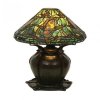
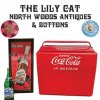

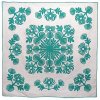


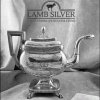











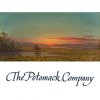









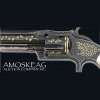
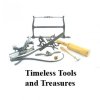









 Bruce G. Shoemaker and Rose B. Gallo of Baldwin House Antiques, Strasburg, Pennsylvania, brought an intact set of circa 1860 pine and poplar decorated kitchen furniture from Landisville, Pennsylvania. The set had belonged to John W. Aungst Jr. (d. 1988), a historian who was director emeritus of the Lancaster County Historical Society. It includes a stepback cupboard, jelly cupboard, dry sink, wood box, and set of six chairs (two shown). The price was $21,500, said Shoemaker, who also owns Aungst’s former home, which is on the National Register of Historic Places.
Bruce G. Shoemaker and Rose B. Gallo of Baldwin House Antiques, Strasburg, Pennsylvania, brought an intact set of circa 1860 pine and poplar decorated kitchen furniture from Landisville, Pennsylvania. The set had belonged to John W. Aungst Jr. (d. 1988), a historian who was director emeritus of the Lancaster County Historical Society. It includes a stepback cupboard, jelly cupboard, dry sink, wood box, and set of six chairs (two shown). The price was $21,500, said Shoemaker, who also owns Aungst’s former home, which is on the National Register of Historic Places. James Grievo of Stockton, New Jersey, asked $2650 for this Rhode Island maple desk. His early New England sailor’s painted pocket hanging, made from a sail, was $7500. The New Hampshire cherry stand was $550.
James Grievo of Stockton, New Jersey, asked $2650 for this Rhode Island maple desk. His early New England sailor’s painted pocket hanging, made from a sail, was $7500. The New Hampshire cherry stand was $550. Park Place Gallery, Delton, Michigan, asked $18,500 for the set of circa 1800 stenciled and gilt-decorated Massachusetts fancy chairs with rush seats. The chair/table with drawer, 1830-35, in mustard with black and green decorations, was tagged $19,500. The circa 1790 two-part Hepplewhite cupboard in butternut with poplar and pine secondary woods was $16,500.
Park Place Gallery, Delton, Michigan, asked $18,500 for the set of circa 1800 stenciled and gilt-decorated Massachusetts fancy chairs with rush seats. The chair/table with drawer, 1830-35, in mustard with black and green decorations, was tagged $19,500. The circa 1790 two-part Hepplewhite cupboard in butternut with poplar and pine secondary woods was $16,500.
